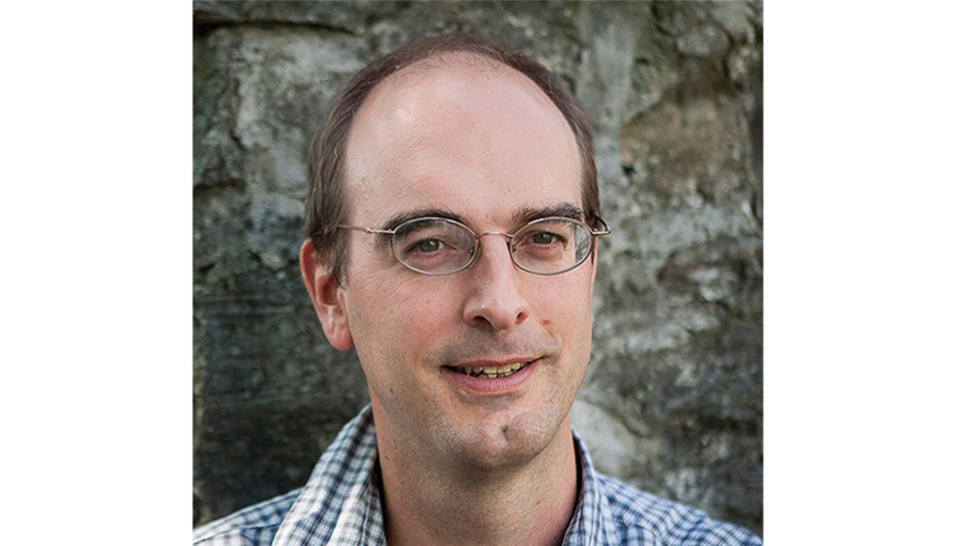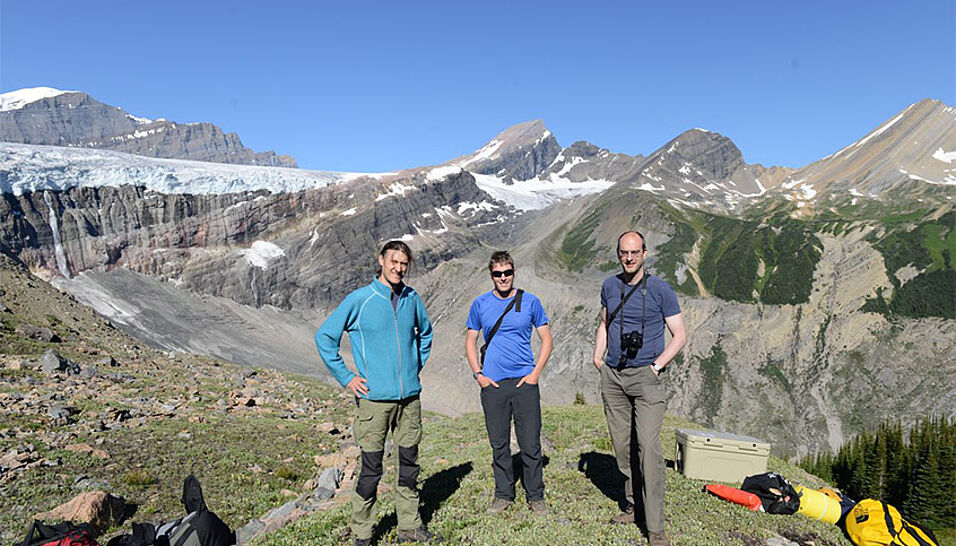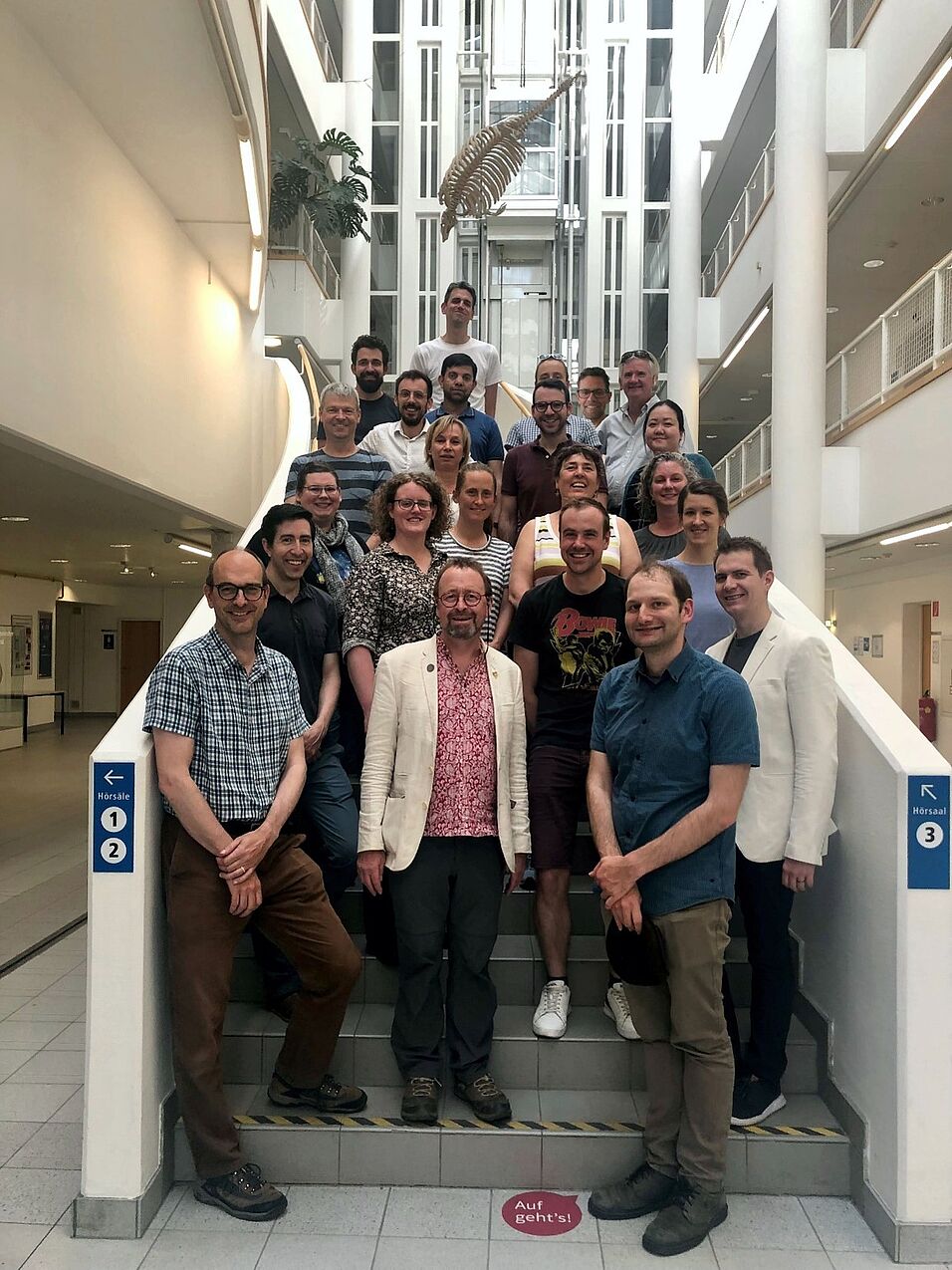What is so fascinating about your research area?
The ability to form calcareous mineralised shells is crucial to a large proportion of marine organisms, including plankton, complex invertebrate groups such as molluscs and echinoderms, and reef-builders. I am fascinated by the links between the evolution of calcification in marine organisms and Earth system cycles and vice versa. To think that the evolution of marine life is linked to the speed of plate movement along mid-ocean ridges and that the evolution of calcification in plankton dramatically altered the carbon cycle some 180 million years ago provides important context for tackling the current climate crisis.
Which central message should your students remember?
Always try to remain open-minded. When we do research, we all have preconceived ideas that emerge from the established framework of thinking in our areas of expertise, and consciously or subconsciously we hope to get these ideas corroborated. But when they don’t work out, you might be onto something even more exciting! So be flexible enough to challenge established ideas when the data allow you to.
Why did you decide to do research and teach at our Faculty?
The institute for Palaeontology at the University of Vienna has a strong research group in the sedimentological and taphonomic aspects of calcium carbonate production and preservation and one of the main aims of my visit is to work with Dr Theresa Nohl on larger grant applications, which is a follow-up of a workshop held in Vienna two years ago.
Which three publications characterise your work?
- Eichenseer, K., Balthasar, U., Smart, C., Stander, J., Haaga, K., and Kiessling, W., 2019. Jurassic shift from abiotic to biotic control on marine ecological success. Nature Geoscience, 12, 638–642.
- Balthasar, U. & Cusack, M., 2015. Aragonite-Calcite seas – Quantifying the gray area. Geology, 43(2), 99-102.
- Balthasar, U., Cusack, M., Faryma, L., Chung, P., Holmer, L.E., Jin, J. and Percival, I. 2011. Relic aragonite from Ordovician–Silurian brachiopods: Implications for the evolution of calcification. Geology, 39(10), 967–970; doi:10.1130/G32269.
Thank you & welcome to our Faculty!
About the Person
- Dr. Uwe Balthasar is lecturer at the School of Geography, Earth and Environmental Sciences, Plymouth University. Uwe Balthasar did his undergraduate at the Philipps-Universität Marburg (Germany) before moving on to do a PhD at Cambridge on early Cambrian brachiopods and fossil preservation. After postdocs in Uppsala and Glasgow, he took up a lectureship in Palaeontology at Plymouth University in 2014. In addition to his interest in the early evolution of brachiopods and fossil preservation, he is interested in the nature of aragonite-calcite seas and how they impacted on the evolution of biomineralisation.
- Department and host: Department of Palaeontology / Ass.-Prof Dr. Theresa Nohl
- Course in the summer term 2024: 280105 VU Biomineralisation under changing ocean chemistry
- Homepage: Uwe Blathasar at University of Plymouth



